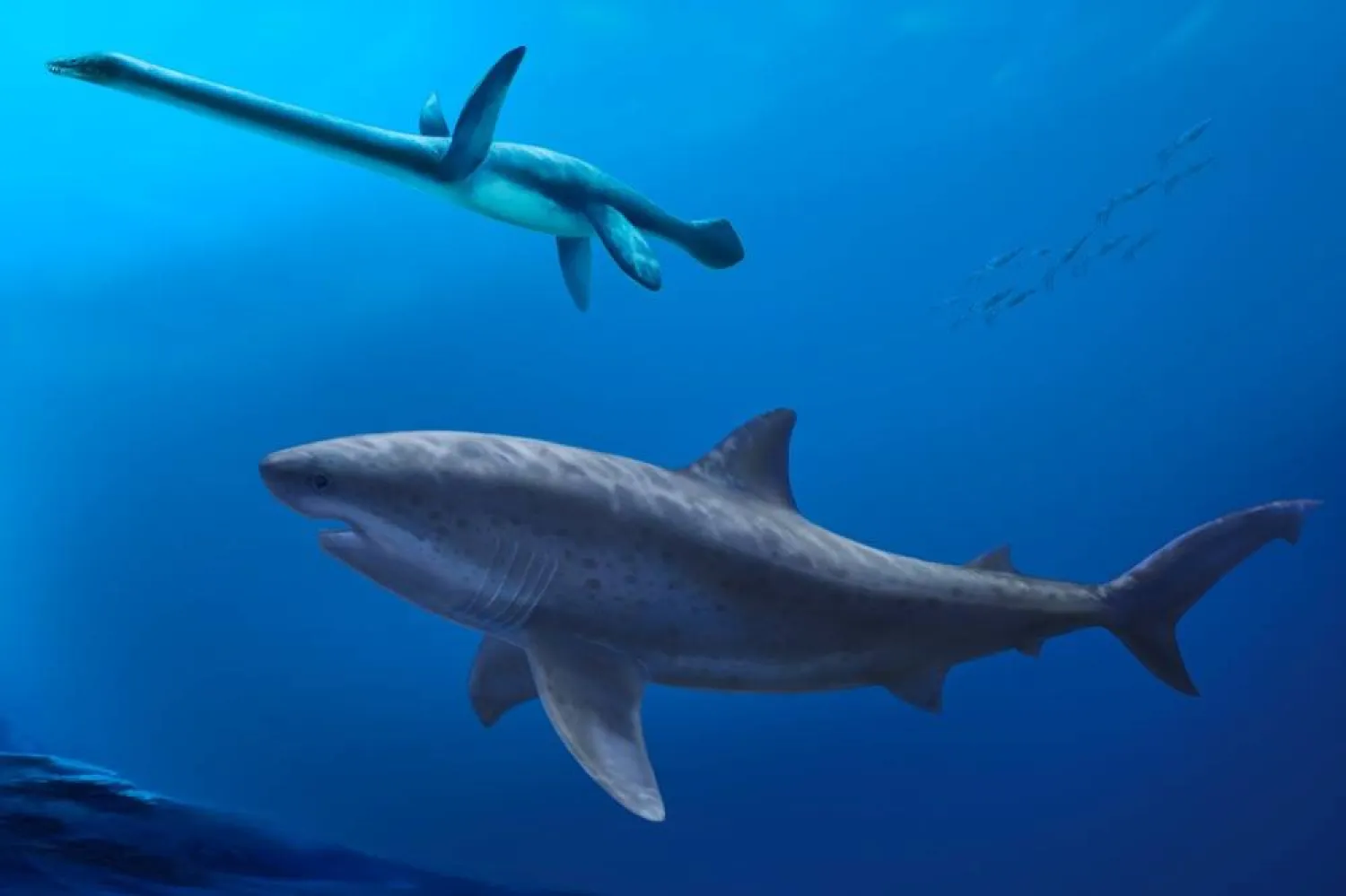The idea of transforming Mars into a world more hospitable to human habitation is a regular feature of science fiction. But could this be done in real life?
Scientists are now proposing a new approach to warm up Earth's planetary neighbor by pumping engineered particles -similar in size to commercially available glitter and made of iron or aluminum - into the atmosphere as aerosols to trap escaping heat and scatter sunlight toward the Martian surface. The idea would be to augment the natural greenhouse effect on Mars to raise its surface temperature by roughly 50 degrees Fahrenheit (28 degrees Celsius) over a span of a decade.
This alone would not make Mars habitable for people, but the scientists who developed the proposal see it as a potentially doable initial step.
"Terraforming refers to modifying a planet's environment to make it more Earth-like. For Mars, warming the planet is a necessary, but insufficient, first step. Previous concepts have focused on releasing greenhouse gases, but these require large amounts of resources that are scarce on Mars," said University of Chicago planetary scientist Edwin Kite, who helped lead the study published this week in the journal Science Advances.
"The key elements of our paper are a novel proposal to use engineered nanoparticles to warm Mars' atmosphere, and climate modeling that suggests this approach could be much more efficient than previous concepts. This is important because it presents a potentially more feasible method for modifying Mars' climate, which could inform future Mars exploration strategies," Kite added.
NASA has sent robotic rovers to explore the Martian surface and the InSight Lander to study the planet's interior. The US space agency's Artemis program aims to put astronauts in the coming years on the lunar surface for the first time since 1972 in preparation for potential future human missions to Mars.
There are numerous challenges to human settlements on Mars: lack of breathable oxygen, harmful ultraviolet radiation due to its thin atmosphere, salty soil hostile to growing crops, dust storms that sometimes cover much of the planet and more. But its frigid temperatures are a serious impediment.
"We propose to show that the idea of warming Mars isn't impossible. We hope that our finding encourages the broader scientific community, and the public, to explore this intriguing idea," said study lead author Samaneh Ansari, a doctoral student in the electrical and computer engineering department at Northwestern University in Illinois.
The median Martian surface temperature is about minus-85 degrees Fahrenheit (minus-65 degrees Celsius). With its tenuous atmosphere, solar heat on the Martian surface readily escapes into space. The proposal would aim to allow liquid water to exist on the surface of Mars, which has water in the form of ice at its polar regions and its subsurface.
The scientists proposed continuously releasing tiny rod-shaped particles - nanorods - into the atmosphere at a rate of about eight gallons (30 liters) per second for years.
"The idea is to either ship the material or better yet, ship the manufacturing tool and make the nanorods on the planet since iron and aluminum are abundant on the surface of Mars," Ansari said.
The researchers are mindful of the possibility of unintended consequences in terraforming another world for humankind's benefit. Scientists, for instance, are eager to learn whether Mars has harbored life in the past - or perhaps currently, in the form of subsurface microbes.
"Although nanoparticles could warm Mars, both the benefits and potential costs of this course of action are currently uncertain. For example, in the unlikely event that Mars' soil contains irremediable compounds toxic to all Earth-derived life, then the benefit of warming Mars is nil," Kite said.
"On the other hand, if a photosynthetic biosphere can be established on the surface of Mars, that might increase the solar system's capacity for human flourishing," Kite added. "On the costs side, if Mars has extant life, then study of that life could have great benefits that warrant robust protections for its habitat."









